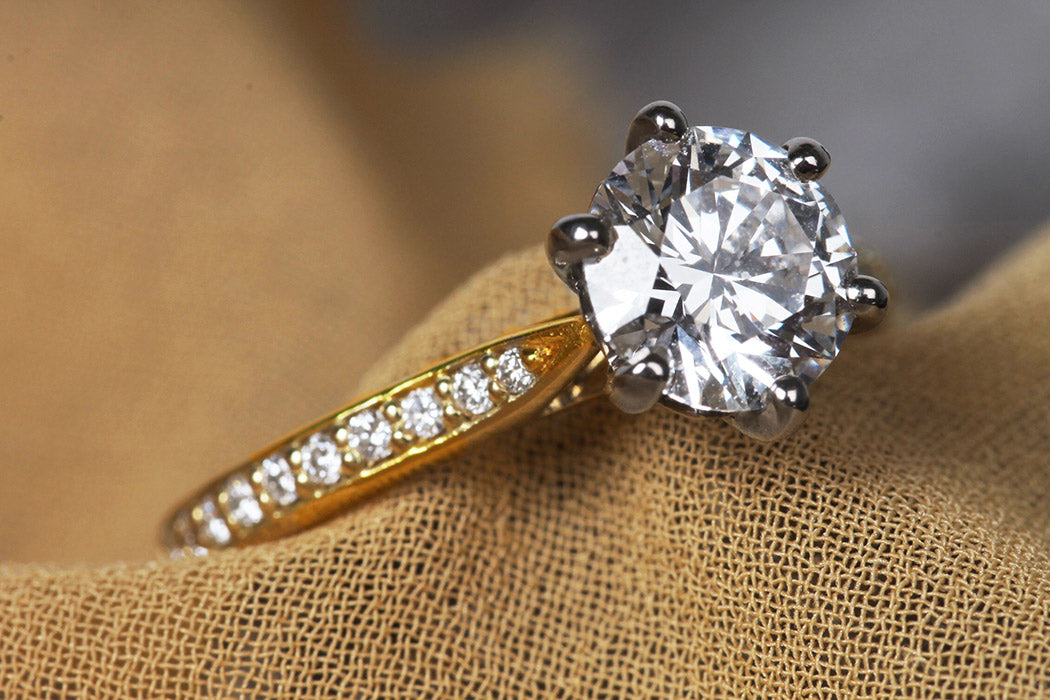Lab grown diamond rings claws play a crucial role in the overall design, security, and elegance of a ring. While often overlooked, these tiny metal prongs hold the diamond securely in place, ensuring that it remains safely nestled within the setting while allowing its brilliance to shine through. In this article, we’ll delve into the world of lab grown diamond rings claws, exploring their significance, types, and tips for choosing the perfect claws for your lab grown diamond ring.
Table of Contents
Understanding Lab Grown Diamond Rings Claws: The Basics
The Purpose of Claws
Lab grown diamond rings claws, also known as prongs, serve two primary purposes: to hold the diamond securely in place and to allow maximum light to enter the stone, enhancing its brilliance and sparkle. Claws come in various shapes and configurations, each designed to accommodate different diamond shapes and sizes while providing optimal security and visibility.
Types of Claws
There are several types of claws commonly used in lab grown diamond rings, each offering its unique advantages in terms of security, aesthetics, and practicality. Some of the most common claw types include:
- Four-Prong Claws: Four-prong claws are a classic choice for lab grown diamond rings, offering a balance of security and visibility. These claws hold the diamond securely in place while allowing ample light to enter the stone, enhancing its brilliance and fire.
- Six-Prong Claws: Six-prong claws provide added security and stability, making them an ideal choice for larger or more valuable lab grown diamonds. These claws distribute the pressure evenly across the diamond, reducing the risk of damage or loss.
- Bezel Setting: In a bezel setting, the lab grown diamond is surrounded by a metal rim that holds it securely in place. This type of setting offers maximum protection for the diamond, making it an excellent choice for individuals with active lifestyles or those seeking added security.
Tips for Choosing Lab Grown Diamond Rings Claws
Consider Diamond Shape and Size
When selecting lab grown diamond rings claws, it’s essential to consider the shape and size of the diamond. Different diamond shapes may require specific claw configurations to ensure a secure fit and optimal visibility. Additionally, larger diamonds may benefit from a greater number of prongs or a bezel setting to provide added stability and security.
Prioritize Security and Durability
Security and durability should be top priorities when choosing lab grown diamonds rings claws. Opt for high-quality metal, such as platinum or gold, that is durable enough to withstand daily wear and tear without compromising on aesthetics. Additionally, ensure that the claws are expertly crafted and securely soldered to the ring band to prevent loosening or damage over time.
Conclusion: Enhancing Your Lab Grown Diamond Ring with Claws
In conclusion, lab grown diamond rings claws are essential components that contribute to the overall beauty, security, and longevity of a ring. By understanding the basics of claws and considering factors such as diamond shape, size, and security, you can choose the perfect claws to complement your lab grown diamond and enhance its brilliance and sparkle.
Lab grown diamond rings claws offer a perfect blend of form and function, ensuring that your diamond remains securely in place while allowing its natural beauty to shine through. With the right claws, your lab grown diamond ring will not only be a stunning symbol of love and commitment but also a timeless piece of jewelry that will be cherished for generations to come

